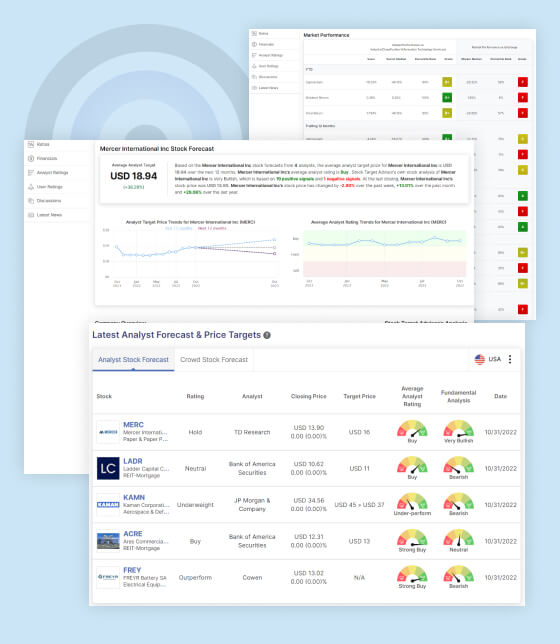ACH Validation
ACH (Automated Clearing House) payments have revolutionized electronic transactions, offering businesses a streamlined payment processing method. However, ensuring the accuracy and validity of ACH transactions is critical to combat fraud and comply with regulations. Validation is a key step in this process, playing a crucial role in minimizing errors, mitigating risk and maintaining compliance. In this article, we’ll explore the importance of account validation and provide practical strategies to make it fast and compliant.
The significance of validation
Validation acts as a critical checkpoint in the ACH transaction lifecycle. By confirming the legitimacy of accounts, unauthorized transactions are prevented while payment errors are reduced and overall payment security is enhanced. Compliance with regulatory standards – such as those by the National Automated Clearing House Association (NACHA) – is imperative to preclude the possibility of penalties and maintain trust with customers and partners.
Understanding validation
ACH is the foundation of transaction security and regulatory compliance, enabling businesses to safeguard their operations with maximum confidence. It serves as a crucial gatekeeper, facilitating organizations to verify the authenticity of account details provided by customers, shielding them from errors, and deterring fraudulent activities. By ensuring that funds are seamlessly directed to the rightful recipients, account confirmation eliminates the potential threat of payment disputes and amplifies the overall accuracy of financial transactions. Embracing account validation practices (prescribed by industry leaders such as NACHA) cultivates an atmosphere of trust and reliability, forging robust relationships with customers and partners.
Utilizing technology for fast and accurate verification
Businesses can leverage advanced technologies to streamline validation. The following are effective methods for fast and compliant ACH verification:
- Real-time validation APIs:
Integrating real-time validation APIs into payment systems significantly enhances speed and accuracy. These APIs directly connect with financial institution databases, accommodating instant validation of account details – including numbers, routing information, and account holder data. Automation eliminates manual errors, reduces processing time, and ensures compliance with regulatory guidelines.
- Bank account verification services:
Partnering with specialized verification services provides an additional layer of validation and security. These services employ sophisticated algorithms and data sources to verify account information, cross-check data against various databases, and identify anomalies or potential risks. Leveraging their expertise minimizes the chance of processing fraudulent transactions while complying with industry regulations.
Implementing multi-factor authentication
To significantly augment security, consider implementing multi-factor authentication (MFA) in the verification process. MFA requires users to provide multiple forms of identification before authorizing transactions. This can involve implementing passwords, one-time verification codes, biometrics or security tokens. MFA adds additional protection, reducing unauthorized access risks and ensuring compliance with data protection regulations.
Regularly updating data sources
Maintaining accurate and up-to-date data sources is critical for successful confirmation. Financial institutions undergo regular changes, such as mergers, acquisitions, or updates to account information databases. To ensure compliance and prevent validation errors, regularly update data sources by partnering with reputable providers or accessing reliable industry databases. This best practice enhances the accuracy and reliability of account validation.
Conducting periodic audits and reviews
Regular audits and reviews of ACH validation processes are vital for identifying gaps, errors or compliance issues. Consider conducting internal audits or engaging third-party compliance experts to evaluate assurance procedures, assess their effectiveness, and identify areas for improvement. This proactive approach ensures staying ahead of changing regulations, addressing non-compliance issues, and continuously enhancing account assurance practices.
Conclusion
Validation is a critical step in ensuring accurate and secure ACH transactions. By implementing strategies such as real-time verification APIs, bank account verification services, multi-factor authentication, updating data sources, and conducting periodic audits, businesses can make their ACH confirmation process fast, reliable and compliant. Prioritizing validation not only safeguards financial operations but additionally builds trust with customers and partners in an increasingly digital payment landscape.
Image by: Karolina Grabowska

































